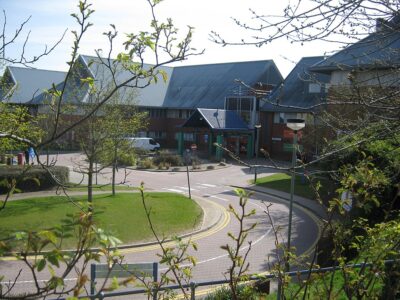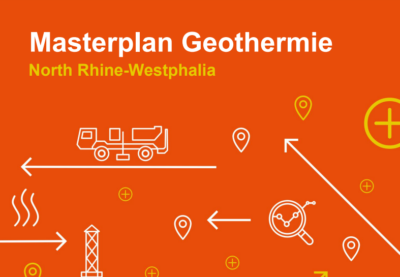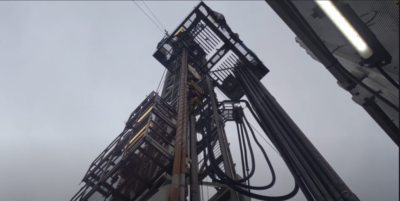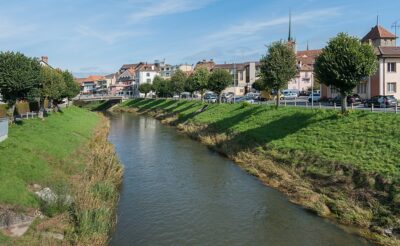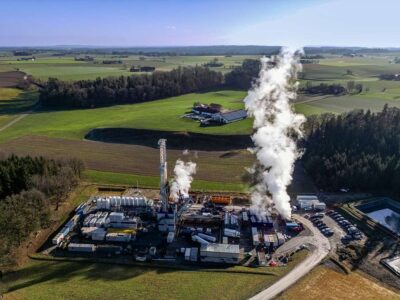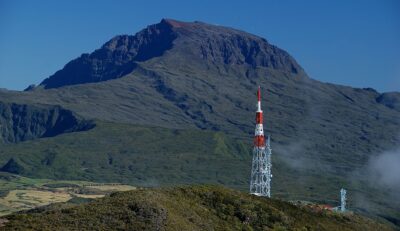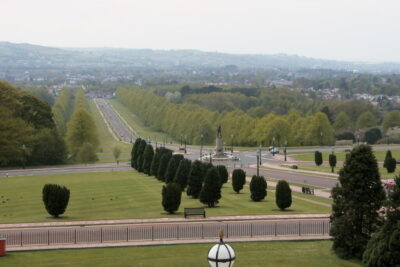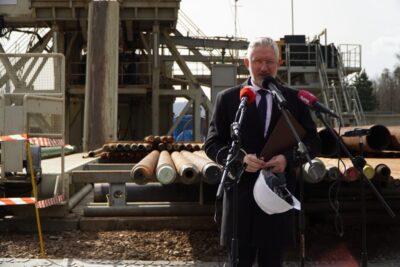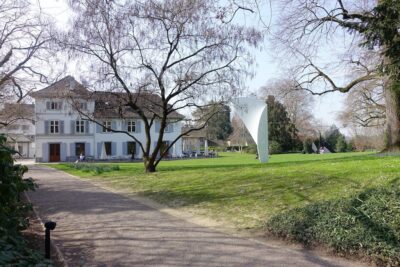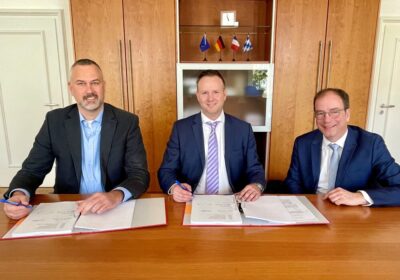Geothermal energy crucial in energy transition in Germany
The 8th International Geothermal Conference (IGC) showed an increasing optimism for geothermal development – based upon operational experience from geothermal installations.
The 8th International Geothermal Conference (IGC) showed an increasing optimism for geothermal development – based upon operational experience from geothermal installations.
The need to be learning from past experiences and confronting challenges – is the conclusion of the IGC. The International Geothermal Conference took place last week for the eighth time in Freiburg in the South of Germany. The event featured over 4 days more than 70 speakers and a total number of 300 participants, providing a comprehensive insight into the current state of deep geothermal energy development. The range of topics oft he conference ranged from assessment and potential improvements to preliminary exploration work, over matters of finance and project economics to the experience gained from power plants and its technical components.
Four days long offered more than 70 speakers will provide a total of nearly 300 participants a comprehensive insight into the current state of deep geothermal energy. The range of topics ranging from assessment and potential improvements to the preliminary investigation on matters of finance and economic feasibility to reports on the experience with geothermal plants and their components.
Particularly the last point seems to be of increasing interest with participants oft he conference. Many plants have now been run for various years and can increasingly be used as benchmark and improvements for new projects.
Wolfgang Geisinger of the municipal group Geothermie Unterhaching called for an increasing exchange of experiences within the industry. With more than three years of experience with the geothermal power plant in Unterhaching and its many challenges, he saw reason for optimism. Improvements, such as with the downhole pump, have had a positive impact on operations. Other presentations also highlighted the progressing of the geothermal energy sector on the learning curve and its possible contribution to the energy transition in Germany.
In his keynote presentation, Prof. Jeff Tester of Cornell University pointed out the need for geothermal to receive a larger stake in the national energy plans to realistically reach prognotions by the UN Council on Climate Change. As symbol for a geothermal inspired energy transition, the Icelandic capital city of Reykjavik was mentioned. In the past the city often disappeared in smog from coal fired heating. Today, Iceland is leading in the utilization of its geothermal energy resources, the air is clean in Reykjavik and the country an attractive location for industrial development.
A purely European perspective was presented by Burkhard Sanner of the European Geothermal Energy Council (EGEC). He pointed out that while Europe today represents an installed capacity of 1,620 MW, 99% of that is based in the few high temperature resource countries of Italy, Iceland and Turkey. He sees a need for EGS to fulfill the ambitious goal of 20 percent of energy supply to come from renewables in the European Union. EGS in this context stands for Enhanced or Engineered Geothermal Systems, whose permeability is increased through pressured stimulation, which would allow the utilization of geothermal heat despite a lack in hot thermal water.
The country of Switzerland will see the start of exploration for three EGS projects on different sites towards the end of this year. „Based on geological conditions, Switzerland will only be in a position to generate power through geothermal energy, by utilize EGS technology“, so Peter Meier from Geo-Energi Suisse, a JV of seven Swiss utilities. Based on seismicity at the Basel project and resulting protests by the public, the industry is setting ist hope on technology used in the oil and gas industry.
Horizontal drilling and a variety of smaller instead of one large heat exchanger, seismicity could be reduced, so Meier. A smart monitoring system would also provide an operational tool for stimulations.
Seismic monitoring does not only serve the purpose of control, but also provides important information on the reservoir, as described in the presentation by Emmanual Gaucher of the Karlsruhe Institure for Technology (KIT). The seismic control network can not only register the smallest seismic events beyond what one would be able to notice, but subsequently allow to control and adapt injection pressure and flow rate to avoid shock events. Slightly higher investment costs further would allow to use those networks fort he basis of imaging techniques so Mr. Gaucher. E.g. it would be evident which reservoir zones are producing and where additional zones that so far are not connected hydraulically, could be utilized through additional drilling.
But the deep geothermal energy sector has not only made progress on the technical side. Financing of geothermal projects has seen a step forward. As reported by Alexander von Dobschütz of BayernLB, the bank has last year financed fort he first time a private geothermal project. This could help further geothermal projects going forward. In his presentation Benjamin Richter of Rödl & Partners pointed out that so far nearly half of all financing for geothermal projects comes from the municipality and government sector and one fourth from utilities. Only 25% are contributions by project companies, private investors, fund and equity firms.
The geothermal sector planst o to increase the economics of geothermal power projects. Andreas Utz of gec-co Global Engineering & Consulting highlighted the goal to cut the electricity generation cost from geothermal in half by 2030. He stressed the importance of operating cost, as they can relate to the plant’s construction cost or for two geothermal wells over a particular period. Particularly of interest are also the cost of electricity for the operation of the plant. Once the plant is built, the operating cost cannot significantly be altered he added. He provided examples for how higher investment costs are justified when they keep the operating cost as low as possible.
There was a general consensus that more has to be done to gain the support and understanding of the general public for new projects. Attorney Hartmut Gassner described the project location as one of the most imprtant steps. Preliminary results from an empirical analysis on improving public relations work was presented by Diethard Weber of the conference organizers Enerchange. The population must clearly be involved from the beginning of the project development. As an additional value add, a profit sharing scheme with the local municipality is seen as a useful element of receiving acceptance so observations from the study. Project opponent often found citizen initiatives, which often only represent a minority, that one should not give all the attention. It is though crucial in the PR work to showcase the silent majority.
Several companies used the conference to showcase their businesses and service offerings. There were around 15 exhibitors, including consulting firm Sterr-Kölln & Partners, as well as Cryostar, which i spart of Linde Group.
The 9th International Geothermal Conference will be held May 15-17, 2013. For additional details see: www.geothermiekonferenz.de







